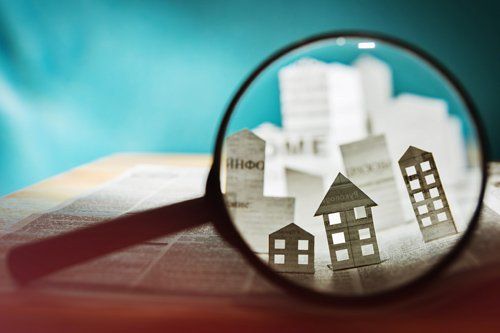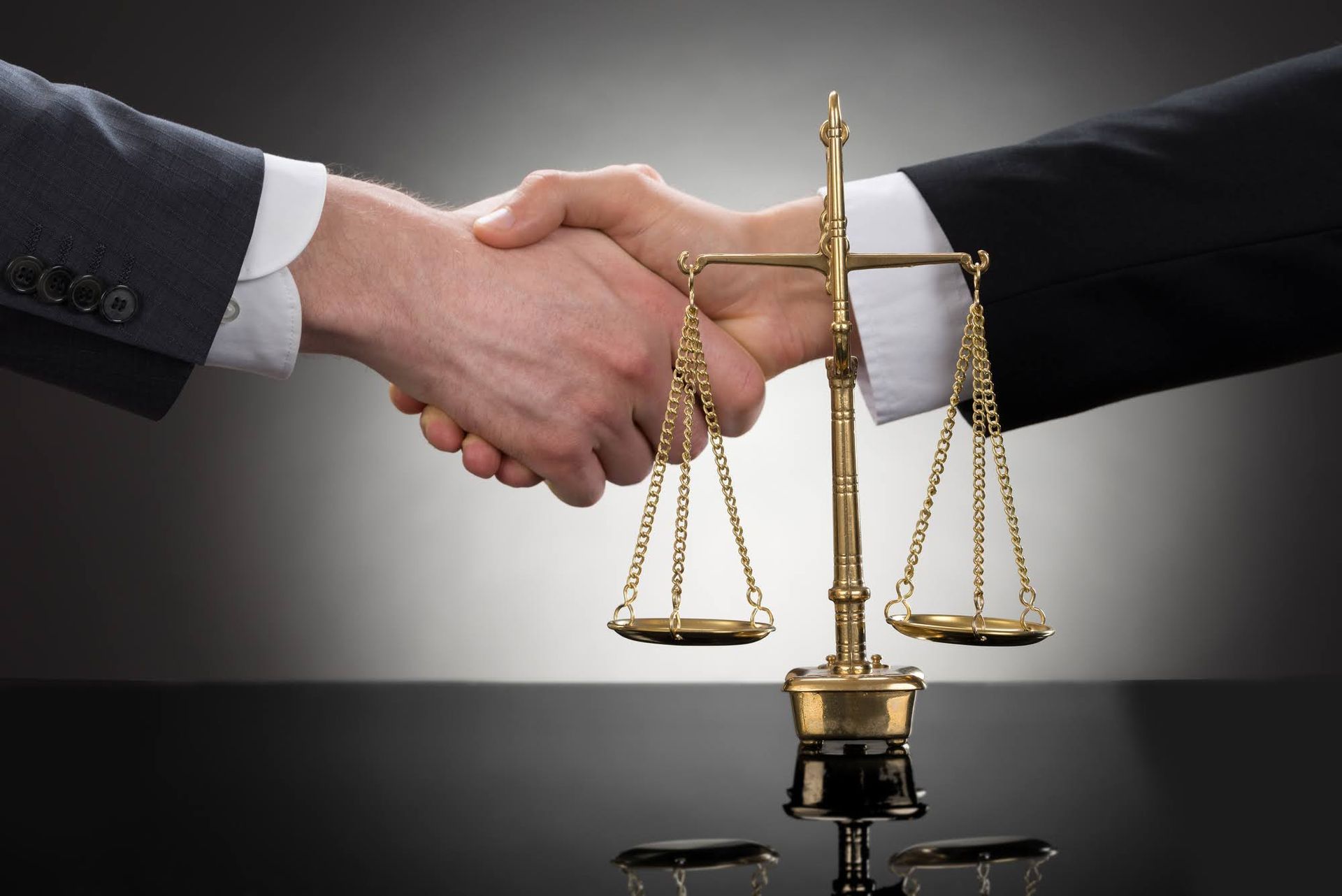Responsibility for a Personal Injury at a Rental Property

A recent report shows that a larger percentage of people are choosing to rent instead of owning the place they call home. This increase could potentially mean that more people will receive an injury at a rental property. A visitor to a rental home could have some confusion as to who to contact about their expenses after an injury. The circumstances will decide who is to blame.
Liability of Owner
The owner has the most responsibility to prevent injuries on their property. Their liability can include accidents that happen due to poor maintenance - for example, a fall on a broken step. They could also be liable because of rules that they have set. An example would be a dog attack from a landlord-approved pet in a communal area of an apartment complex.
The property owner also must protect the people on his property against outside threats. Problems that could result in a lawsuit include non-working door or window locks or a lack of surveillance cameras or outside lighting that leads to an assault. A lack of screening that allows dangerous tenants into the building is another example of a situation in which the owner could be liable.
Responsibility of Tenants
In some instances the tenant, and not the owner, has the responsibility to keep visitors safe. Injuries from a non-permitted pet inside a rental unit, a slip and fall due to a cluttered apartment, or irresponsible behavior from the tenant that causes an injury are times when the tenant would be the one to blame.
An exception is if the injury inside the rental unit was due to negligence on the part of the landlord. Missing or non-working smoke detectors, harm due to failing appliances, or other maintenance issues are still the responsibility of the owner of the building and not the tenant. The tenant may be blamed if they knew about but failed to notify the landlord of the problem.
Mistakes of Victims
People cannot sue for damages in a slip-and-fall or another personal injury if they were the cause of the accident. This could include events like falling down stairs due to clumsiness or falling off a deck after climbing over a railing. If the injury happened due to a maintenance issue but there were clear warnings to stay away, this would also be the fault of the injured party.
Negligence of Contractors
Contractors working on a rental property have the responsibility to keep the area safe or to warn of the dangers if people live near the work area. An accident that takes place because of the negligence of someone employed by the company or because of shoddy work can make the contractors liable for any injuries that result from that negligence.
Exceptions also exist here that could make the property owner responsible. The owner must ensure that the contractors have adequate insurance protection to cover any injuries to themselves or to others. Owners that hire unlicensed and uninsured contractors will usually become the defendant if a personal injury case arises.
Expectations of Managers
Many property owners hire management companies to care for their investments. In most cases, the owner signs an agreement that gives responsibility for all the maintenance and other safety issues to the management company. Any complaint filed by a visitor after a slip and fall would then go to the management agency rather than the owner.
In many personal injury cases, unusual factors can change who is at fault, and the confusion about responsibility at a rental property can make filing a claim even more difficult. Do not pursue the case alone. Contact
Bernstein & Bernstein to make certain that your complaint is against the right person.


